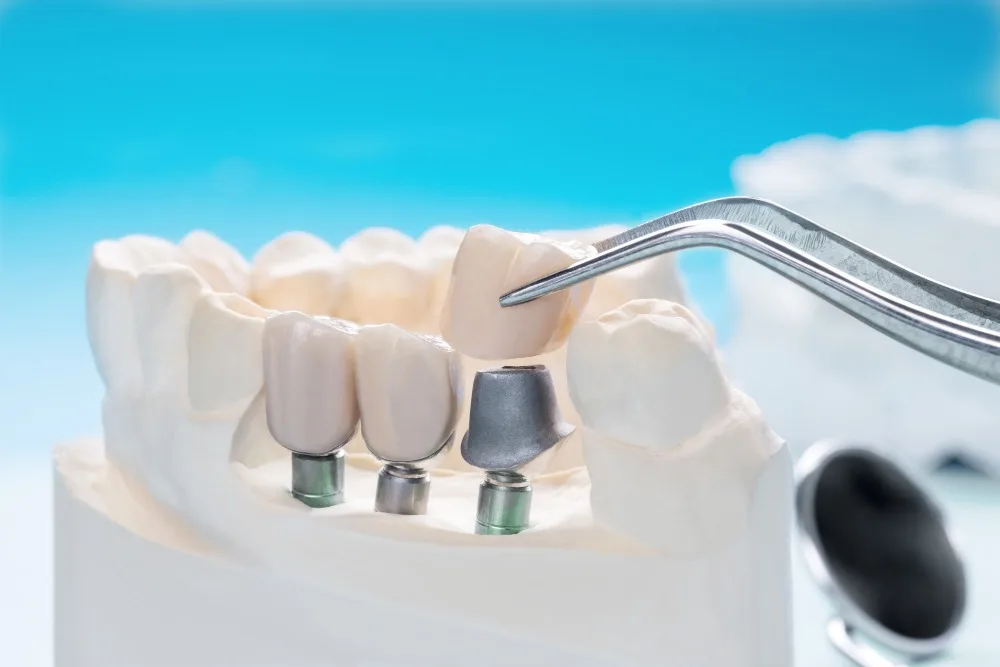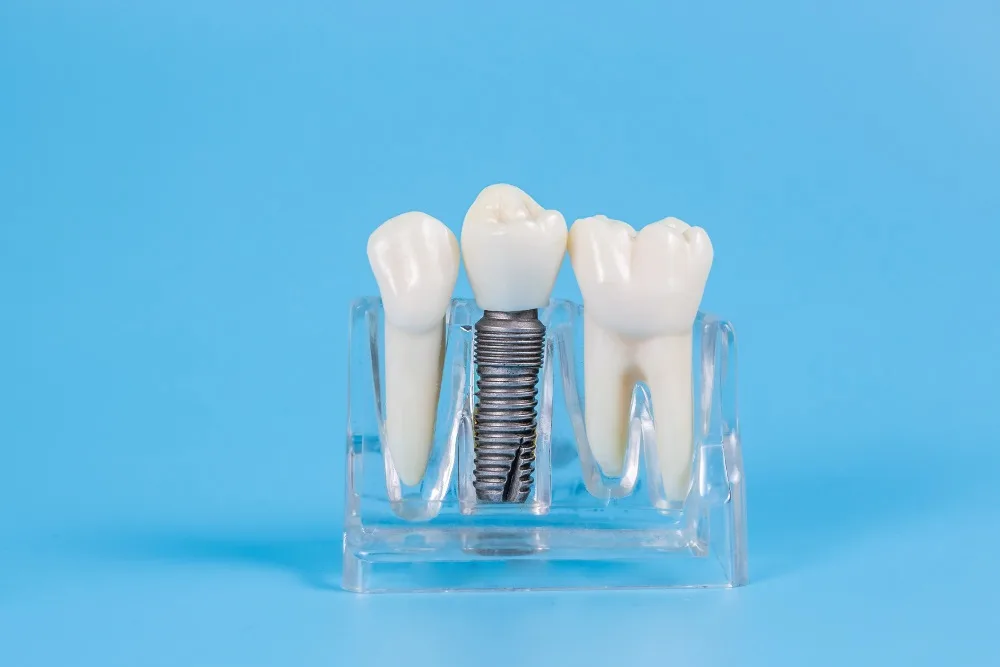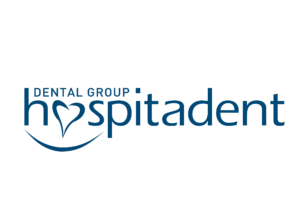Straumann implants have established a global reputation for innovation, durability, and clinical success in dental implantology. As one of the most trusted names in the field, Straumann’s systems are known for their precision engineering and advanced surface technologies. They are designed not only to integrate well with bone but also to provide long-lasting aesthetic and functional results.
What sets them apart is its commitment to research-driven solutions. From proprietary alloys to smart implant surfaces, the brand continually pushes boundaries. Whether for single-tooth replacement or full-arch restorations, These implants offer tailored solutions for various patient needs.
Table of Contents
ToggleThe History of Straumann Implants: From 1954 Onwards
The Straumann brand traces its roots back to Switzerland in 1954, originally operating in the field of alloy research. By the 1970s, Straumann had shifted its focus to dental implantology and began working with leading universities and researchers to develop reliable implant systems.
Over the decades, Straumann introduced key technologies that became industry standards—such as sandblasted and acid-etched surfaces for enhanced osseointegration. Its collaborative model with clinicians and researchers has made it a pioneer in the field, earning the trust of dental professionals worldwide.
Today, Straumann operates in over 100 countries and has expanded its portfolio to include not just implants but also regenerative solutions, digital dentistry tools, and ceramic materials.
Straumann Implants: Roxolid and SLActive Technology Explained
Two of the most defining innovations in these implants are Roxolid and SLActive technologies. Roxolid is a proprietary alloy made from titanium and zirconium. This material is stronger than pure titanium and allows for reduced-diameter implants without compromising structural integrity—particularly beneficial in cases with limited bone volume.
SLActive, on the other hand, is a hydrophilic implant surface designed to enhance early healing. This surface modification accelerates the process of osseointegration, often leading to shorter treatment times and improved predictability.
Together, these technologies enable clinicians to work with greater flexibility and confidence, particularly in complex or high-risk cases.
Choosing Between Straumann Bone-Level and Tissue-Level Implants
Straumann offers both bone-level and tissue-level implants, each designed for specific clinical scenarios. Bone-level implants are ideal for esthetically demanding regions like the front of the mouth. They allow for optimal emergence profiles and soft tissue management.
Tissue-level implants, meanwhile, are commonly used in posterior regions where ease of access and long-term tissue health are priorities. They minimize the number of components at the bone-implant interface, which can reduce bacterial colonization and inflammation.
Straumann provides both options with a wide range of diameters, lengths, and connection types—making them versatile for generalists and specialists alike.
Straumann Pure Ceramic Implants: Metal-Free Options
For patients with metal sensitivities or strong preferences for holistic treatment approaches, Straumann PURE Ceramic Implants offer a premium alternative. Made from high-strength zirconia, these implants are 100% metal-free yet deliver comparable performance to traditional titanium systems.
These ceramic implants are designed with a monotype (one-piece) structure and utilize the ZLA® surface for improved osseointegration. They are ideal for patients seeking optimal aesthetics, especially in anterior zones where metal visibility through thin gum tissue can be a concern.
These implants also appeal to those focused on biocompatibility and a natural look, providing both clinical efficacy and patient satisfaction.
Straumann Implants for Low Bone Density Cases
One of the major challenges in implant dentistry is working with patients who have experienced significant bone loss. Straumann implants are engineered with this issue in mind, particularly through the use of Roxolid alloy and reduced-diameter options. These design elements allow for reliable implant placement even in narrow ridges or atrophic jaws.
Additionally, the enhanced surface of SLActive supports faster healing and better bone contact, which is especially valuable in compromised bone situations. Clinicians may also combine Straumann systems with bone augmentation procedures, such as guided bone regeneration or sinus lifts, when necessary.
Their attention to biomechanical stability and integration makes their implants a strong choice for patients with limited bone volume who are not ideal candidates for traditional implants.
Straumann Guided Surgery and Digital Workflow

Straumann is not just a manufacturer of implants—it’s a full digital solutions provider. The company offers advanced planning software, surgical guides, and intraoral scanning systems that allow clinicians to perform fully guided implant placement with high precision.
With CARES Digital Solutions, dentists can plan the implant position digitally, fabricate a surgical guide, and restore the case with CAD/CAM-milled prosthetics—all within a seamless workflow. This improves treatment predictability, reduces chair time, and enhances patient experience.
For complex or esthetic cases, guided surgery supported by Straumann’s ecosystem can lead to superior results with fewer intraoperative surprises.
Straumann Implants Procedure: What to Expect
Patients considering Straumann implants can expect a multi-stage treatment process that typically includes:
- Initial consultation with clinical exam and imaging
- Digital treatment planning
- Surgical placement of the implant into the jawbone
- Healing phase (osseointegration), typically 6–12 weeks
- Abutment placement and prosthetic restoration
Thanks to innovations like SLActive surface and guided surgery, some cases allow for early or even immediate loading, meaning the prosthesis is placed sooner than with traditional protocols.
Throughout the process, their evidence-based systems are designed to minimize healing complications and ensure long-term prosthetic success.
Straumann Implants Success Rates and Longevity
Straumann implants are widely recognized for their excellent long-term success rates, which often exceed 95% over 10 years in clinical studies. Factors contributing to this longevity include:
- High-quality implant materials (like Roxolid)
- Advanced surface technologies
- Precision-engineered components
- Comprehensive clinical documentation and global research backing
Moreover, their commitment to clinician training and system standardization helps reduce variability in outcomes. With proper oral hygiene and regular maintenance, most patients enjoy decades of trouble-free function with their implants.
Dental Implant Materials: Titanium, Zirconia, and Ceramics
While they offers both titanium and ceramic implant options, it’s useful to understand the general material science behind dental implants:
- Titanium is the gold standard for most dental implants, offering excellent biocompatibility and mechanical strength.
- Zirconia, used in Straumann PURE implants, is preferred by some patients for esthetic and biocompatibility reasons.
- Hybrid materials like Roxolid (titanium-zirconium alloy) offer higher strength with smaller diameters, making them suitable for narrow ridges.
Each material has unique properties and indications. Straumann’s broad product line ensures that clinicians can select the best implant material based on the patient’s clinical situation and personal preferences.
The Importance of Osseointegration in Implant Success
Osseointegration is the biological process where bone cells attach directly to the surface of a dental implant, anchoring it securely in the jaw. It is a cornerstone of implant success, affecting stability, function, and longevity. Without proper osseointegration, an implant may fail prematurely or become loose over time.
Straumann implants are specifically designed to promote rapid and strong osseointegration. Their SLActive surface enhances the implant’s interaction with surrounding bone tissue, shortening the healing period and improving overall predictability. For patients, this means a quicker return to normal function and a lower risk of complications.
Clinicians value the reliability of Straumann’s surface technologies, especially in medically compromised or elderly patients where healing may be slower.
All-on-4 and Other Full-Arch Implant Solutions

Full-arch restorations such as the All-on-4 concept are increasingly popular for edentulous patients seeking a fixed, stable solution. While originally developed by other manufacturers, the protocol is fully compatible with these implant systems, especially due to their high mechanical strength and integration reliability.
Straumann’s bone-level implants can be strategically angled in the posterior region to avoid anatomical structures and provide maximum support with fewer implants—just like in the All-on-4 concept.
In addition, full-arch restorations using these implants can be enhanced with digital planning, immediate loading protocols, and high-aesthetic prosthetics, making them a strong alternative to removable dentures.
When Bone Grafting Is Needed Before Implants
Not all patients have enough bone volume to support implants at the outset. In such cases, bone grafting is a preparatory procedure used to restore sufficient bone for successful implant placement. This is especially common in long-term edentulous patients or in areas of infection and trauma.
Straumann supports grafting procedures with a portfolio of biomaterials, including xenografts, allografts, and synthetic grafting options. These materials are used to rebuild bone prior to implant surgery or during simultaneous procedures.
With proper healing time and guidance, bone grafting expands the pool of patients eligible for Straumann implant treatments, even in challenging cases.
It might interest you –> Over Denture Implants
Maintenance Tips for Long-Term Implant Health
Even though dental implants are highly durable, long-term success requires consistent maintenance. Patients with these implants should adopt the following habits:
- Brush twice daily using a soft-bristle toothbrush
- Use floss or interdental brushes designed for implants
- Avoid smoking, which increases implant failure risk
- Attend professional cleanings every 3–6 months
- Follow your dentist’s personalized care plan
Regular monitoring ensures that any early signs of inflammation or prosthetic wear can be addressed promptly. Their components are engineered for precision fit, but like all dental work, they benefit from proactive care and hygiene.
For your information –> Implant Supported Prosthesis
Common Questions About Dental Implant Treatment
Patients often have several questions before undergoing implant treatment. Here are answers to some of the most frequently asked ones:
- How long do Straumann implants last?
With proper care, they can last 20+ years or even a lifetime. - Is the procedure painful?
Most patients report minimal discomfort, with anesthesia and guided techniques improving the experience. - Are Straumann implants metal-free?
The PURE line offers ceramic (metal-free) alternatives for patients with sensitivities. - What’s the average cost?
It varies by case complexity but often starts at $3,000 per implant, not including restoration. - Can Straumann implants be used for full-arch cases?
Yes, they are frequently used in All-on-4 or similar protocols for full-mouth rehabilitation.
Clear, accessible answers can help patients feel more confident and informed as they make treatment decisions.
Click and learn –> Dental Implants Turkey

